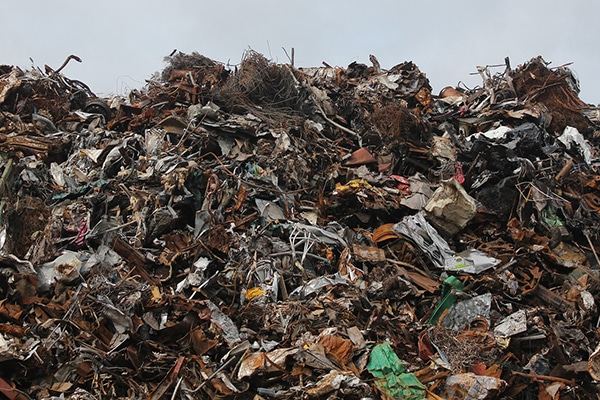The impact of paper recycling
Did you know that when you shred with DSS you are also recycling? That means you are protecting local landfills and preserving important natural resources while protecting your information by securely destroying your documents. This is a win-win for you and the environment. Let’s take a look at the impact your shredding and recycling make.
1. Save electricity

Every ton of new paper produced requires 4,100 kWhs of energy. How much energy is that? Well, the electricity saved from recycling one ton of paper could power a 60 watt incandescent light bulb 24/7 for 2,847 days. OR it could power a 15 watt CFL bulb for 11,389 days. It is enough electricity to run a large 5,000 watt central AC unit for over a month or an energy efficient refrigerator for well over a year. By recycling paper, you keep important energy resources from being routed to new paper production.
2. Support sustainable forests

While most of the world’s paper supply is now sourced from sustainable forests, we can support these efforts through recycling. Each ton of new paper produced requires 17 pulp trees of at least 30 feet. New paper can generally be used in higher quality applications than recycled paper. This means that by recycling we can meet more of the need for low-grade paper essentials such as toilet paper, paper plates, paper towels and the like. Leaving new paper production to only meet the need for higher grade products. This is a boost to sustainable conservation efforts.
3. Preserve petroleum

We all know the importance of gasoline and oil in today’s economy. But did you know that each ton of new paper produced requires the use of 380 gallons of oil. It has perhaps never been more important to preserve this resource and prioritize it for transportation and energy. Recycling paper is an easy way to conserve petroleum.
4. Protect water

When discussing paper production, water is absolutely key. Every ton of new paper produced uses 7,000 gallons of water. This is a critical resource that is necessary for life and agriculture. The average human being only drinks 183 gallons of water in a year. So, 7,000 gallons of water would be a year supply for over 38 people.
5. Extend local landfills

Local landfills are important community resources. Evey ton of paper thrown into the trash takes up 3.5 cubic yards of land fill space. By recycling the paper instead, you extend the life and usability of your local landfill. This is a great way to help your local environment and preserve an important community asset.
What is the impact?
At DSS we shred and recycle an average of 180 tons of paper each month. This means every month we save: 738,000 kWhs of energy, 3,060 pulp trees, 68,400 gallons of petroleum, 1,260,000 gallons of water, and 630 cubic yards of local landfill space. All of these savings add up to a massive impact every year.
How can you get involved?
If you want to both protect your information and responsibly recycle, there are a few options. First, at work, if your company already has a shred collection container that is regularly serviced by DSS, be sure to place all paper in the bin including magazines, mail, newspaper, etc. since everything will be recycled. If your office doesn’t have a bin or receive regular service, you can collect paper in boxes or other containers and call DSS for a one-time project also called a purge. Finally, if you have paper at home, you can bring it to any DSS facility for easy and affordable shredding priced by the box or bag. You can also learn more about our residential shredding options here.
For more information contact DSS at 806-681-6611 or email service@docshredders.com.
